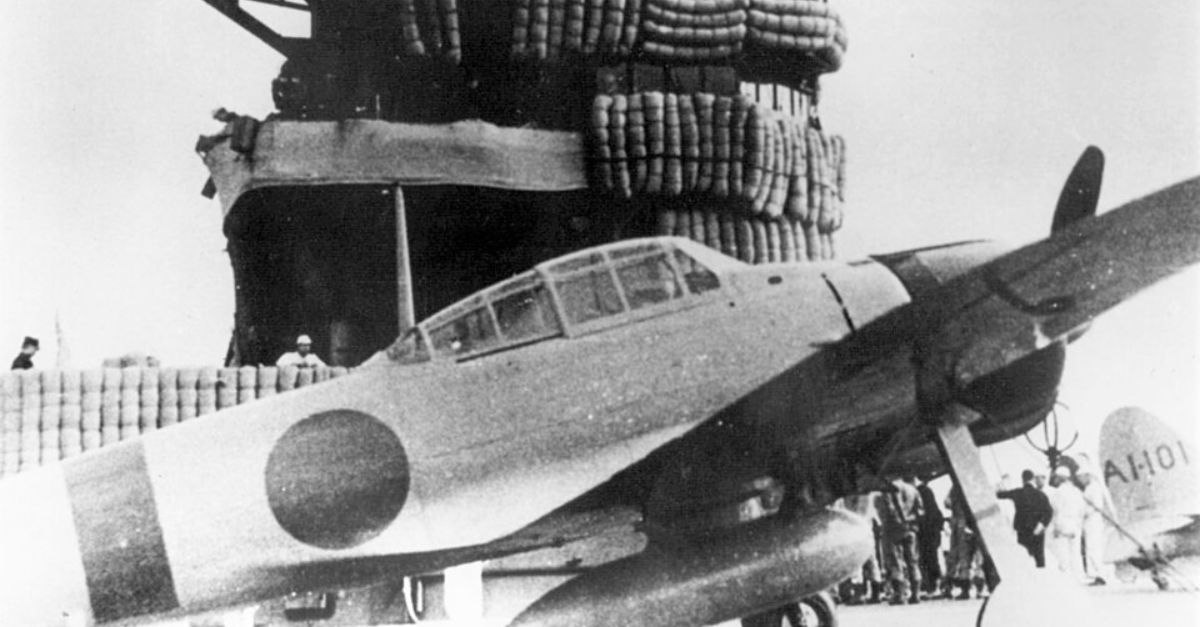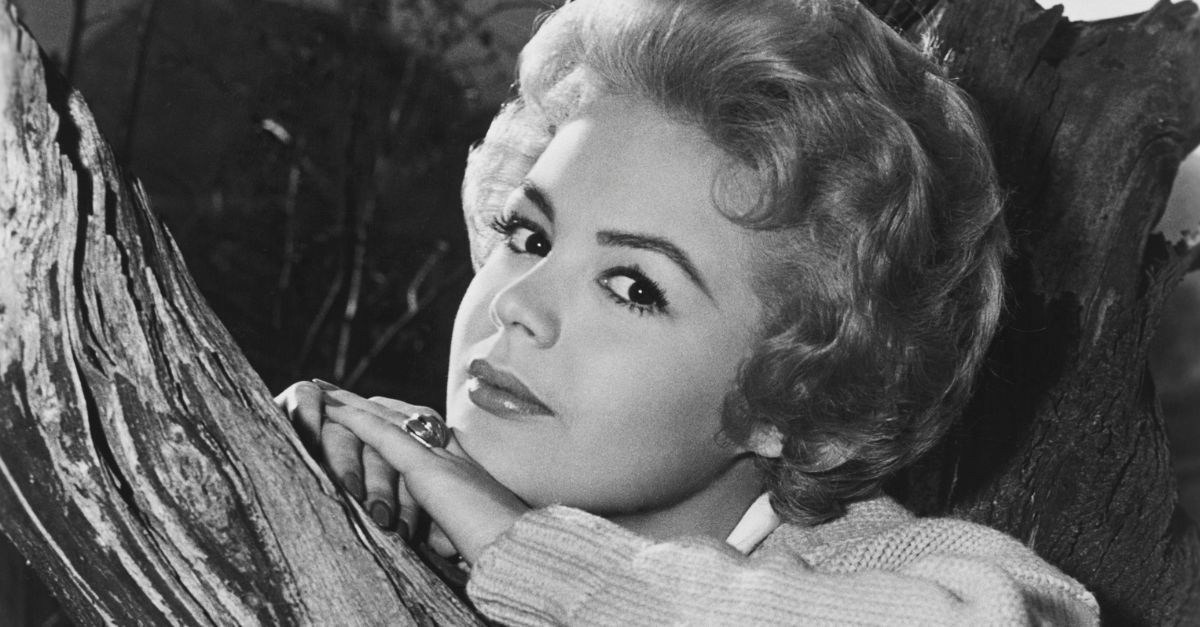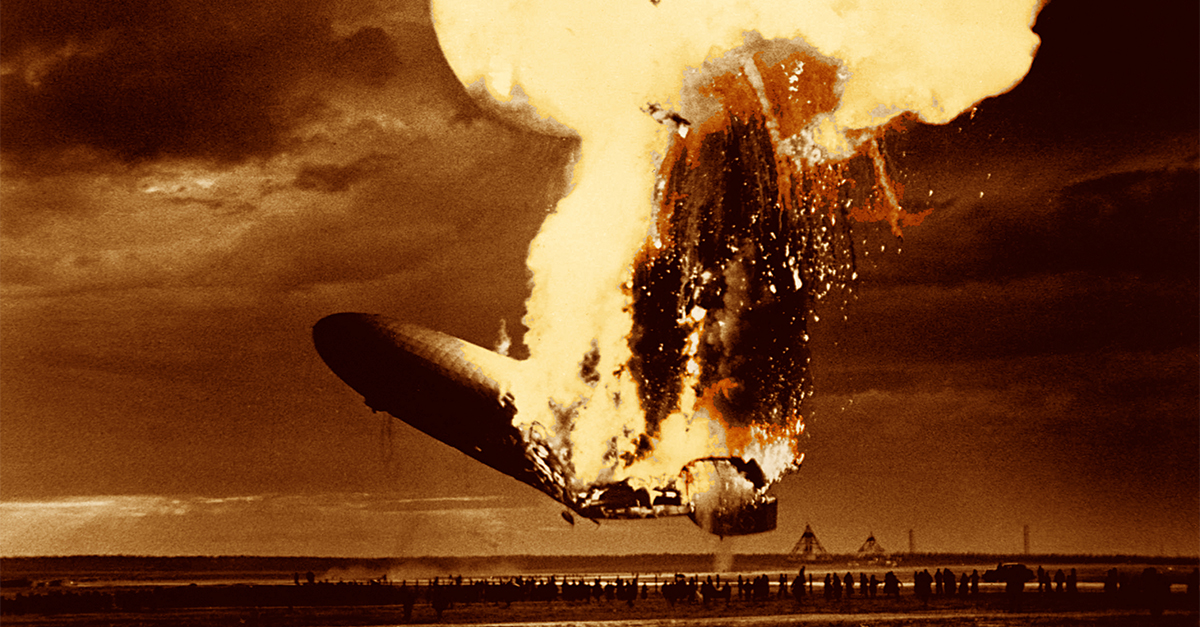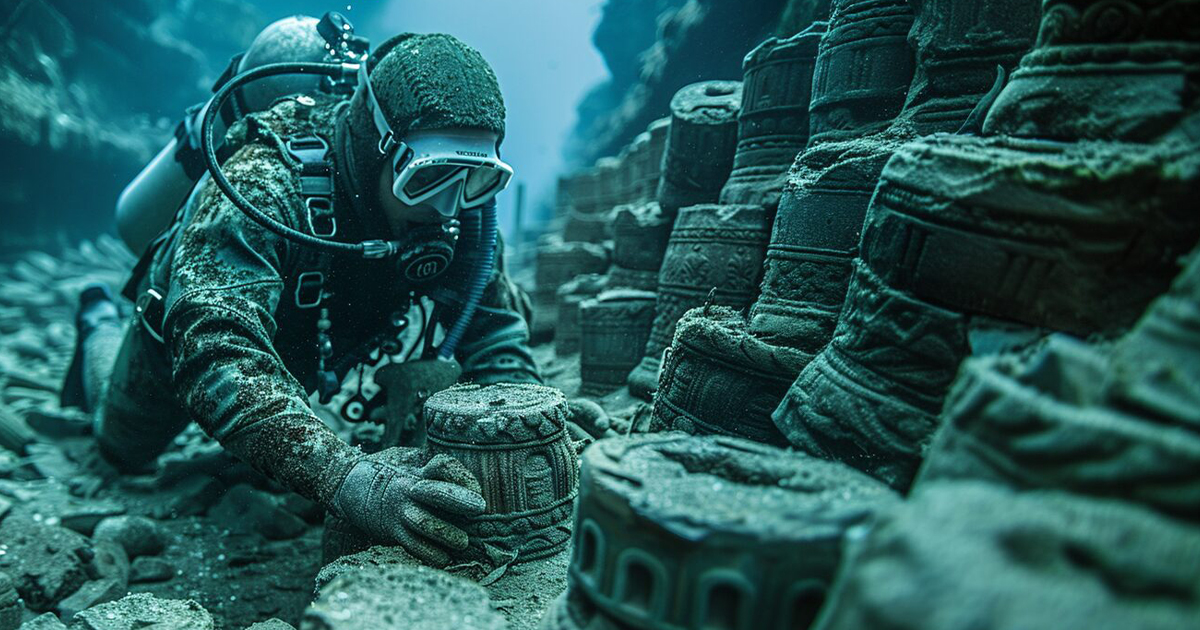When Calm Wore The Mask Of Catastrophe
On the morning of December 7, 1941, the sky over Hawaii promised nothing but peace. Then, without warning, came the smoke. But to understand how the fire reached Pearl Harbor, you’ve got to trace the sparks.

Japan Expands Its Empire Across Asia
Grab a map and follow Japan’s trail from Manchuria in 1931 to China in 1937. Power, resources, and influence pulled Japan southward. They marched and controlled swathes of land with shocking speed. “Asia for Asians,” they claimed, though they meant it on Japan’s terms.
 Osaka Mainichi war cameramen, Wikimedia Commons
Osaka Mainichi war cameramen, Wikimedia Commons
America Enforces Sanctions Against Japanese Aggression
Sanctions don’t always sound dramatic, but boy, did they bite here. Imagine choking off oil to a nation that imports 80% of its oil. That’s what the US did in 1941, alongside freezing Japanese assets. Japan couldn’t run its tanks, planes, or ships without American oil, and Washington knew it.
 Unknown Author, Wikimedia Commons
Unknown Author, Wikimedia Commons
Japan Was Not Having It
President Roosevelt’s cabinet hoped diplomacy might rein Japan in—spoiler alert: it didn’t. Instead, Tokyo saw it as a declaration of economic warfare. Have you ever backed someone into a corner and expected them not to punch back? That’s what happened here. Japan needed a lifeline—and found it.
 National Museum of the U.S. Navy, Wikimedia Commons
National Museum of the U.S. Navy, Wikimedia Commons
Tensions Mount Over Strategic Pacific Interests
Oceans divide, but ambition connects, and the Pacific was hot real estate. The US had the Philippines, Guam, and Hawaii; Japan eyed Indonesia, the Dutch East Indies, and more. Naval exercises intensified, and both nations shadowed each other across the Pacific, trading diplomatic smiles while sharpening their swords.
 Unknown Author, Wikimedia Commons
Unknown Author, Wikimedia Commons
The US Relocates Its Pacific Fleet To Pearl Harbor
In 1940, President Roosevelt made a move that still sparks debate. He yanked the Pacific Fleet from California and parked it in Hawaii, thinking proximity meant deterrence. Strategists argued it placed vital naval power in a vulnerable position, exposed to long-range attack.
 Joe Rosenthal, Wikimedia Commons
Joe Rosenthal, Wikimedia Commons
Pearl Habor Had Cracks
Pearl Harbor looked peaceful, even picturesque, but it had cracks. Shallow waters, tight ship formations, and underdeveloped defenses whispered vulnerability. Japanese planners heard it loud and clear. A paradise harbor? Yes. But also a perfect bullseye. Never assume beauty means safety, since history has a sharp memory.
 David Franzen, Wikimedia Commons
David Franzen, Wikimedia Commons
Pearl Harbor Becomes A Beacon Of American Naval Power
By 1941, Pearl Harbor wasn’t just an outpost—it was the stronghold of American might in the Pacific. Battleships like the USS Arizona and USS Oklahoma gleamed in the sun, side by side. Aircraft carriers rotated through, supported by submarines, repair yards, and tens of thousands of service members.
 Photographer: Unknown Retouched by: Mmxx, Wikimedia Commons
Photographer: Unknown Retouched by: Mmxx, Wikimedia Commons
Japanese Military Plots A Preemptive Strike Against The United States
Behind sliding paper doors in Tokyo, leaders gathered and whispered war. Their target? Not soldiers in trenches, but ships at rest. Admiral Yamamoto, Harvard-educated and skeptical of prolonged conflict with the US, reluctantly led the charge. He believed a quick, crushing attack might buy time, maybe even force negotiation.
 Unknown author, Wikimedia Commons
Unknown author, Wikimedia Commons
What They Plotted Was Methodical
Sixty-plus ships, 400 aircraft, and months of silence wrapped in code. Ever hear of Operation Z? That was it. The plan was bold, lethal, elegant, and evil. Strike first, strike hard, and leave your enemy stunned. The kind of move history never forgets.
 Unknown Author, Wikimedia Commons
Unknown Author, Wikimedia Commons
Admiral Yamamoto Crafts The Attack Plan With Reluctance
“I fear all we have done is awaken a sleeping giant,” Yamamoto famously said, though the quote’s origin remains debated. What’s not up for argument is his doubt. He knew America’s industrial engine could outlast Japan, even if Japan struck first.
 Unknown Author, Wikimedia Commons
Unknown Author, Wikimedia Commons
Yet Duty Trumped Doubt
Yamamoto devised a six-carrier force to unleash wave after wave of death over Pearl Harbor. He insisted on surprise, silence, and shock. His fingerprints are on every detail, from flight paths to timing. The irony was that he was a pacifist who had turned into a planner of sneak attacks.
 Unknown Author, Wikimedia Commons
Unknown Author, Wikimedia Commons
Tokyo Sends Diplomatic Messages To Delay Suspicion
Diplomats in Washington smiled as their nation sharpened its blade. The Japanese embassy, bound by coded instructions, delivered memos that sounded like peace but dripped with delay. One crucial message—the final warning—arrived after the shells dropped. Coincidence? Not really. That delay, intentional or not, stained Japan’s reputation with treachery.
The Ultimate Bait
The “14-Part Message,” cryptic and formal, was decoded by US intelligence hours before the attack, but was not acted upon swiftly. Do you know that moment in thrillers when everyone realizes they’re a step behind? That was it. Japan bowed while it struck. The ultimate bait and blow.
 Unknown author, Wikimedia Commons
Unknown author, Wikimedia Commons
Intelligence Fails To Predict An Imminent Attack
The clues were there—radio silence, strange fleet movements, diplomatic evasions. Yet no red lights flashed bright enough. American intelligence missed the parsing of messages and tracking subs while ignoring the looming shadow of an air attack. Washington expected sabotage, maybe conflict in the Philippines, but Hawaii? Never.
 U.S. Naval History and Heritage Command Photograph NH 91333.[dead link], Wikimedia Commons
U.S. Naval History and Heritage Command Photograph NH 91333.[dead link], Wikimedia Commons
Warning Signs Are Missed In The Pacific Command Chain
How many warnings does it take before someone listens? At Pearl Harbor, the answer was too many. A Japanese submarine was spotted and sunk before dawn. A radar blip was misread as friendly. Aircraft spotted on radar, dismissed. Commanders faced a web of scattered intel and no clear threat profile.
 Unknown Author, Wikimedia Commons
Unknown Author, Wikimedia Commons
Japanese Carrier Fleet Departs Undetected Toward Hawaii
Under a blanket of silence, six Japanese aircraft carriers slipped into the North Pacific like ghosts. They launched on November 26, 1941, from Hitokappu Bay, heading east into fog and secrecy. If anyone had looked their way, they’d have seen death sailing calmly. But no one did.
 Unknown Author, Wikimedia Commons
Unknown Author, Wikimedia Commons
An Unexpected Ambush
The carriers—Akagi, Kaga, Soryu, Hiryu, Shokaku, and Zuikaku—brought both planes and purpose. That purpose was an ambush so sudden it could decide the fate of nations. And remarkably, they crossed thousands of miles without detection. Silence, when sharpened, can cut deeply.
 Unknown Author, Wikimedia Commons
Unknown Author, Wikimedia Commons
Radio Silence Shields The Approach Of Six Carriers
Not one word leaked from the Japanese strike force en route to Pearl Harbor. For over 12 days, those ships moved like shadows, untraceable by Allied ears. Naval commanders in Hawaii interpreted that silence as business as usual, never as impending calamity.
 Unknown Author, Wikimedia Commons
Unknown Author, Wikimedia Commons
Radar Detection At Opana Point Goes Unheeded
When 7:02 am on December 7, 1941 reached, two privates—George Elliott and Joseph Lockard—watched the radar screen light up with a massive formation approaching Oahu. Instead, the duty officer dismissed it as a flight of B-17s. The radar, new and underused, picked up the incoming Japanese planes, but no one acted.
 Lee Embree, USAAF, Wikimedia Commons
Lee Embree, USAAF, Wikimedia Commons
Fighter Planes Appear Suddenly Over The Harbor
At 7:55 am, the sky turned into a hunting ground. Japanese fighters burst over Pearl Harbor, sleek, fast, and deadly. Zeros dove toward Battleship Row while high-altitude bombers followed behind like predators in formation. Machine guns rattled. Anti-aircraft guns barked back, late and scattered.
The First Shells Fall On Wheeler And Hickam Fields
At Wheeler and Hickam Fields, parked planes sat silent, and Japanese bombers swept in and unleashed fury. Pilots ran, some jumping into burning aircraft just to fight back. Many passed on before reaching their planes. The tactic was to take out the US armed forces before they took flight.
 Cpl. Vincent P. Dargis, United States Army Signal Corps (photo SC-127024), Wikimedia Commons
Cpl. Vincent P. Dargis, United States Army Signal Corps (photo SC-127024), Wikimedia Commons
Battleships Become Targets As Harbor Erupts In Flames
Battleship Row, the pride of American sea power, sat moored in neat lines. Japanese torpedo planes glided in, their weapons modified with wooden fins to function in shallow water. The West Virginia, California, Nevada, and more took direct hits. Even the water caught fire because the oil slicks ignited.
The USS Arizona Is Hit And Explodes Violently
At 8:06 am, a bomb pierced the forward deck of the USS Arizona, igniting over a million pounds of gunpowder stored below. The result? A thunderclap that split the harbor’s heart. The ship lifted out of the water and then broke apart. Flames shot skyward. Within nine minutes…
She Was Gone—1,177 Souls With Her
No ship suffered worse. The explosion was so violent that nearby vessels felt the shockwave. Survivors recalled ringing ears and faces burning, then silence falling where sound once lived. Today, the Arizona lies where she fell, bleeding oil like tears. You can’t forget what echoes that loud.
 Unknown Author, Wikimedia Commons
Unknown Author, Wikimedia Commons
Over One Thousand Sailors Are Entombed Aboard The Arizona
Below the surface, within the shattered hull of the USS Arizona, over 1,000 sailors remain. Families never saw their sons return, and the Navy never disturbed the grave. Why? Because some losses deserve sacred ground. Divers found helmets fused to bulkheads, mess kits scattered near galley tables.
 Unknown Author, Wikimedia Commons
Unknown Author, Wikimedia Commons
Oil Continues To Leak From The Wreck Like Black Tears
Drip. Drip. Drip. From the USS Arizona, oil still seeps into the water, around two to nine quarts a day. Locals call them “black tears”. The slick glistens like grief, rising from steel wounds sealed in salt. Tourists lean over the memorial and watch it shimmer—quiet, steady, unrelenting.
 Unknown Author, Wikimedia Commons
Unknown Author, Wikimedia Commons
Anti-Aircraft Fire Struggles Against The Coordinated Assault
Anti-aircraft gunners scrambled to stations, firing blindly at planes they could barely see. Imagine facing trained aviators in Zeros with old training rounds; that’s how underprepared the base was. Gunners fired, missed, reloaded, and fired again. Courage wasn’t the problem—equipment and preparation were.
 Unknown Author, Wikimedia Commons
Unknown Author, Wikimedia Commons
The USS Oklahoma Capsizes In The Harbor
The Oklahoma rolled over. After the torpedoes struck her port side, it opened wounds that the sea wasted no time claiming. Within 12 minutes, the 35,000-ton battleship capsized, trapping hundreds inside. Some sailors clawed at the bulkhead from within, banging messages in Morse code. Rescuers heard them.
 Unknown USN photographer, Wikimedia Commons
Unknown USN photographer, Wikimedia Commons
Racing Against Oxygen And Rising Water
The rescuers cut through hulls and hope, saving 32 men. But over 400 never made it. When the ship finally surfaced two years later, bones still lined her decks. If you ever think a ship can’t cry, look at the Oklahoma. She screamed—and then fell silent.
 U.S. Navy Photograph, Wikimedia Commons
U.S. Navy Photograph, Wikimedia Commons
Civilian Areas In Honolulu Are Also Hit
While shells rained on military targets, civilians weren’t spared. Stray munitions struck Honolulu and set ablaze homes, shops, and churches. A 3-month-old girl, Janet Yumiko Ohta, became one of the youngest casualties, taken out by a falling shell. Panic tore through the streets as mothers shielded their children, and men rushed to the firefight.
 Unknown Author, Wikimedia Commons
Unknown Author, Wikimedia Commons
The Second Wave Strikes With Equal Ferocity
Japan was not done. At 8:40 am, just as survivors began catching their breath, a second wave roared in—another 170 aircraft. This time, they went after what still floated. The Nevada, trying to flee, became a moving target. Every bomb said: “We’re not done yet”. And they meant it.
Fires Rage As Ships Burn And Sink Across The Harbor
Have you ever seen steel melt? Sailors did. Fires surged from ruptured hulls and burning oil slicks, licking everything in reach. Flames crawled over the water, chasing survivors who dove from decks. The air reeked of smoke, fuel, and flesh. Ships that had hosted dances now bled black smoke.
2,403 Americans Die In The Surprise Attack
By noon, the count was staggering: 2,403 lives extinguished. That tally included sailors, soldiers, Marines, and civilians. One-third passed on aboard the USS Arizona alone. For every casualty, there were parents who waited by radios, sweethearts who never got goodbyes, and kids who grew up with a folded flag.
 Editor at Large, Wikimedia Commons
Editor at Large, Wikimedia Commons
Medical Stations Overflow With Wounded Sailors And Civilians
Every hospital on Oahu was flooded with wounded bodies; many were burned and bleeding. Doctors and nurses triaged in corridors, driveways, parking, and even front lawns. At Tripler General Hospital, beds filled so fast they laid soldiers on floors, some still smoking from engine room fires.
 Arthurzinho06, Wikimedia Commons
Arthurzinho06, Wikimedia Commons
President Roosevelt Learns Of The Attack Midday In Washington
At 1:40 pm EST, FDR received the call: Pearl Harbor was under attack. He froze briefly. Then his voice dropped, and he must have muttered, “This means war”. Staffers remember the air changing, like the White House itself had inhaled. By evening, he had already drafted the now-famous speech.
 Unknown Author, Wikimedia Commons
Unknown Author, Wikimedia Commons
The Infamous Speech Is Delivered Before Congress The Next Day
December 8, 1941—12:30 pm, Roosevelt stood before Congress and the nation, declaring December 7 “a date which will live in infamy”. Only one member voted against retaliation. You could hear chairs creak and papers rustle. That’s how quiet the chamber was.
 Harris & Ewing, Wikimedia Commons
Harris & Ewing, Wikimedia Commons
FDR’s Voice, Calm But Edged With Fire, Wrapped Grief In Resolve
His words weren’t poetic—they were precise, like bullets finding their mark. Americans listened in unison. Schools played the speech over loudspeakers. It echoed in factories and living rooms. Roosevelt didn’t beg for action. He demanded it. And Congress answered in 33 minutes flat.
Congress Declares War On Japan Within Hours Of The Speech
Thirty-three minutes. That’s all it took. At 1:10 pm, the retaliation became law. The Senate voted 82–0; the House, 388–1. The lone dissenter was Jeannette Rankin, a lifelong pacifist. Unmoving, Americans enlisted and mobilized within hours. Recruitment offices saw lines stretching blocks.
 Matzene, Chicago, Wikimedia Commons
Matzene, Chicago, Wikimedia Commons
Baseball Players, Actors, Bankers—They All Signed Up
The new order to retaliate cranked a lethal machine to life. This wasn’t just retaliation. It was awakening. Japan hadn’t just blasted ships. It had unified a nation. And with that vote, the United States sparked conflict it never wanted—but would fight to the bitter end.
 The U.S. National Archives, Wikimedia Commons
The U.S. National Archives, Wikimedia Commons
Germany And Italy Joined The Conflict Against The United States Days Later
Three days after Pearl Harbor, on December 11, 1941, Hitler and Mussolini made their move. Germany and Italy declared war on the US, sealing the global scope of WWII. Within hours, the US was like, “right back at you”. Now, America stood against three major powers on two fronts.
 Hélène Roger-Viollet, Wikimedia Commons
Hélène Roger-Viollet, Wikimedia Commons
Pearl Harbor Is Fortified Against Future Attacks
Within weeks, anti-aircraft guns sprang up across Oahu. Radar stations multiplied. Camouflage nets covered airfields. Barracks were sandbagged. Civil defense drills trained citizens to respond quickly. Fighter patrols scoured the skies daily. Even schools practiced air raid protocols. Pearl Harbor, once caught napping, now slept with one eye open.
 Imperial Japanese Navy, Wikimedia Commons
Imperial Japanese Navy, Wikimedia Commons
The Memorial Is Constructed Directly Over The Sunken Ship
Spanning the wreck without touching it, the USS Arizona Memorial floats like a white bridge over sorrow. Designed by Alfred Preis and completed in 1962, it has no sharp angles, just soft curves to symbolize defeat at the center, strength at both ends.
 U.S. Navy photo, Wikimedia Commons
U.S. Navy photo, Wikimedia Commons
Pearl Harbor Remains A Site Of Pilgrimage And National Reflection
More than a million visitors each year step onto the USS Arizona Memorial—not to sightsee, but to reflect. Veterans walk slower. Children whisper. The atmosphere? Reverent. It’s a place where strangers cry together. Families from every corner of the US—and the world—gather to honor the fallen.
Historians Uncover More Details About The Attack Every Year
Every year, new letters, diaries, coded transmissions, and artifacts surface. Historians pore over every shred, decoding timelines and uncovering lost names. Even recent sonar scans reveal things we missed—wreckage positions, blast radii, hull patterns. There’s no final chapter here, and Pearl Harbor keeps whispering from the deep.
 U.S. Navy photo by Photographer's Mate 2nd Class Bradley J. Sapp, Wikimedia Commons
U.S. Navy photo by Photographer's Mate 2nd Class Bradley J. Sapp, Wikimedia Commons















